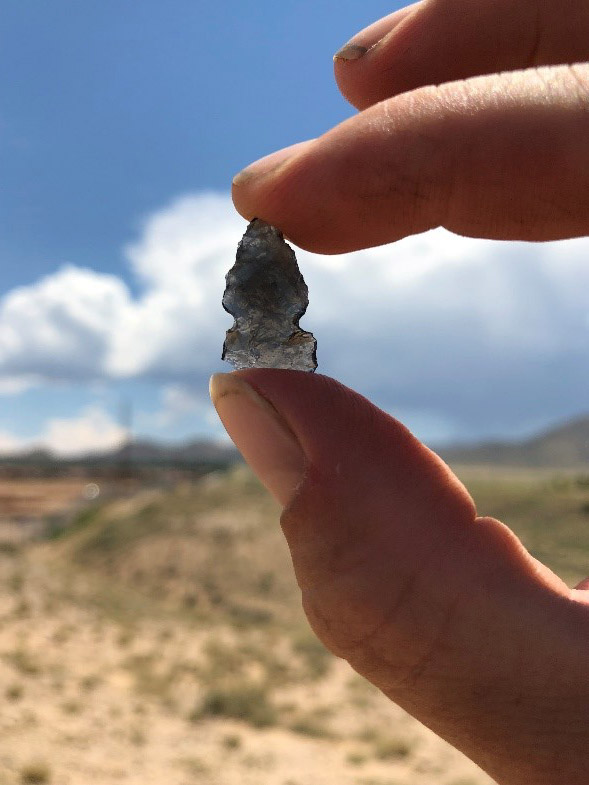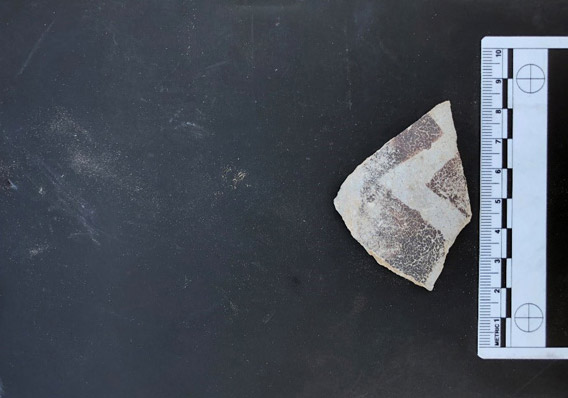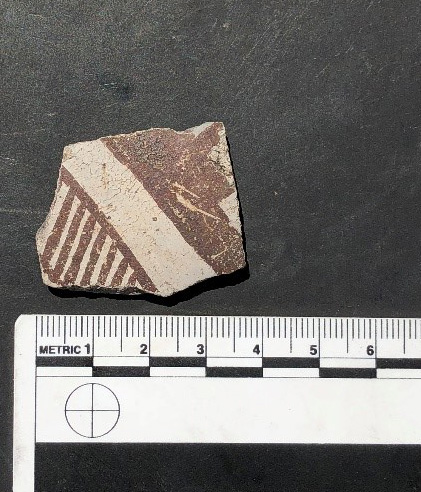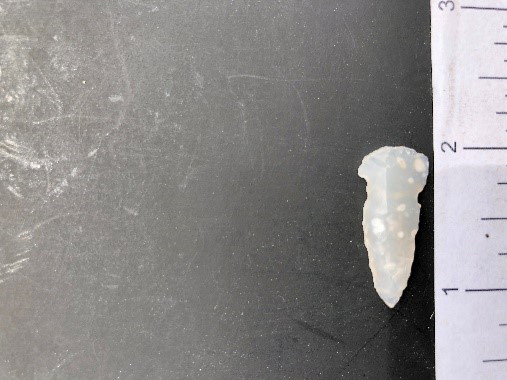The prehistoric and historic ages in the Albuquerque area consist of four major cultural and temporal periods: Paleoindian, Archaic, Ancestral Puebloan, and Historic. Within the higher elevations, the Archaic period (5500 BC to AD 400) is best defined as the continued adaptation of Paleoindian groups to the changing climatic conditions. Paleoenvironmental data suggest that the Paleoindian period was marked by fluctuating climatic changes that decreased effective moisture.The Ancestral Pueblo period (AD 400–1540) was an era of change and an increasing dependence on cultigens (cultivated plants), such as maize, beans, and squash. It was marked by population growth, greater residential sedentism (staying in one place), the appearance of the bow and arrow, pottery, increasing dependence on storing foods, and developments in architecture and sociopolitical organization.
The 1540–1542 entrada of Francisco Vasquez de Coronado was the first official European entry into the present Albuquerque area. The expedition found 12 large pueblos clustered along the Rio Grande between present-day Bernalillo and Isleta, and several smaller villages to the south. The pueblos, occupied by southern Tiwa groups, were referred to collectively as the Tiguex Province.
The prehistoric inhabitants of the area hunted a variety of animals for food, hides, and bone (Findley et al. 1975). All available environmental zones and landforms were exploited. Important game animals included pronghorn, deer, wapiti, bighorn sheep, bison, cottontails, and jackrabbits. Mammals such as bears, wolves, beavers, bobcats, foxes, and river otters were hunted for their pelts. Turkeys, owls, hawks, eagles, and various perching birds were hunted or raised for their feathers. Quail and waterfowl were procured as secondary food resources. In addition, a more diverse fish fauna was available in the Rio Grande than is currently the case.



